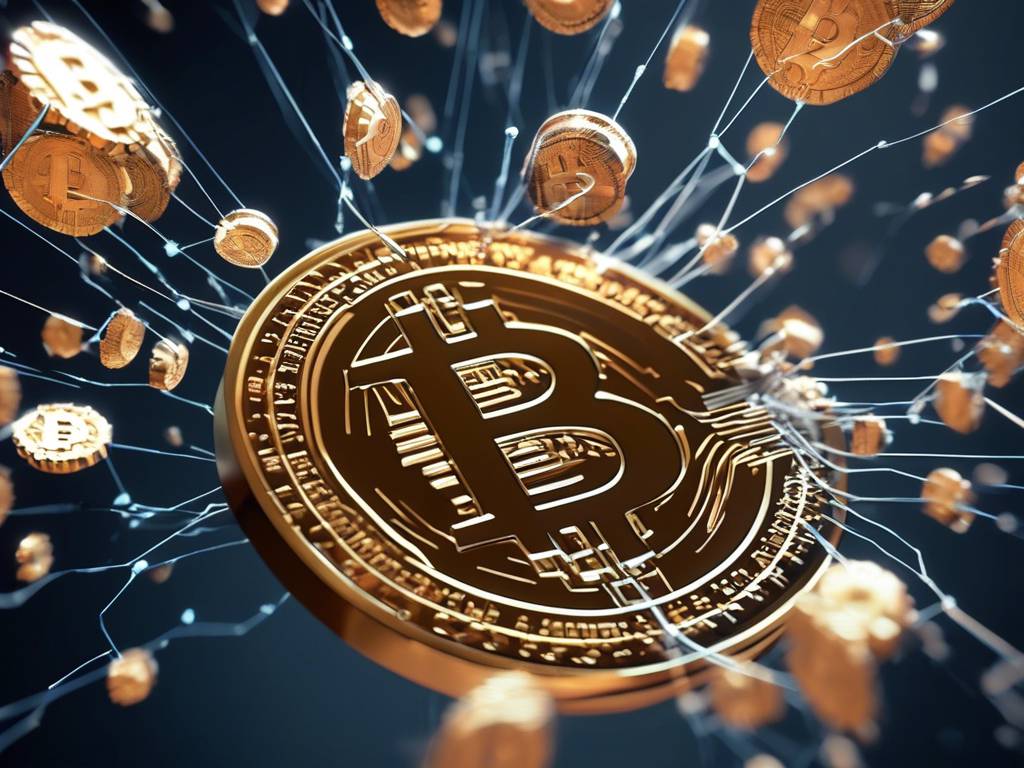Decoding Bitcoin’s Transaction Fee Trends
In recent developments, the average daily Bitcoin transaction fees have mirrored those of Ethereum after a period of heightened activity from the Runes protocol launch. The surge in fees post-block halving has since leveled off, marking a notable shift in transaction fee dynamics in the crypto space. Let’s delve deeper into the specifics of this trend and its implications:
Bitcoin vs. Ethereum Transaction Fees 📊
- The seven-day moving average of daily Bitcoin transaction fees hit a peak of $25.8 million on April 24, surpassing Ethereum’s daily fees by fivefold.
- However, as of the latest data, Bitcoin’s average daily transaction fees have dropped to $4.1 million, now aligning with Ethereum’s figures.
Individual Transaction Fee Disparity ⚖️
- On April 24, individual transaction fees on Bitcoin spiked to $40, ten times higher than Ethereum’s average.
- Presently, the seven-day moving average for Bitcoin individual transaction fees stands at $8.60, still significantly higher than Ethereum’s $3.40 average.
Unpacking the Runes Protocol Impact
Following Bitcoin’s fourth halving block 840,000, transaction fee rewards skyrocketed to $2.4 million, overshadowing block subsidy rewards by a substantial margin. The subsequent decline in fee rewards has stabilised at around 13% of total block rewards on average since the halving. The surge in transaction fees can be attributed to the Runes protocol, a new token standard for Bitcoin that spurred considerable fee generation during its debut week.
Runes Marketplace Dynamics 🔄
- Runes, spearheaded by Ordinals creator Casey Rodarmor, provided a more efficient token creation solution compared to existing standards, driving demand for network blockspace and subsequent fee increments.
- Approximately 65,000 Runes tokens have been minted to date, with the DOG token leading the pack with a market cap of $350 million.
Sustenance of Transaction Fee Trends
The transition to a post-halving fee landscape entails a new equilibrium in Bitcoin transaction dynamics. It remains crucial to monitor the evolution of transaction fees and associated protocols to discern the broader implications for the cryptocurrency ecosystem. Stay tuned for more updates on this evolving narrative in the crypto space!





 By
By

 By
By
 By
By
